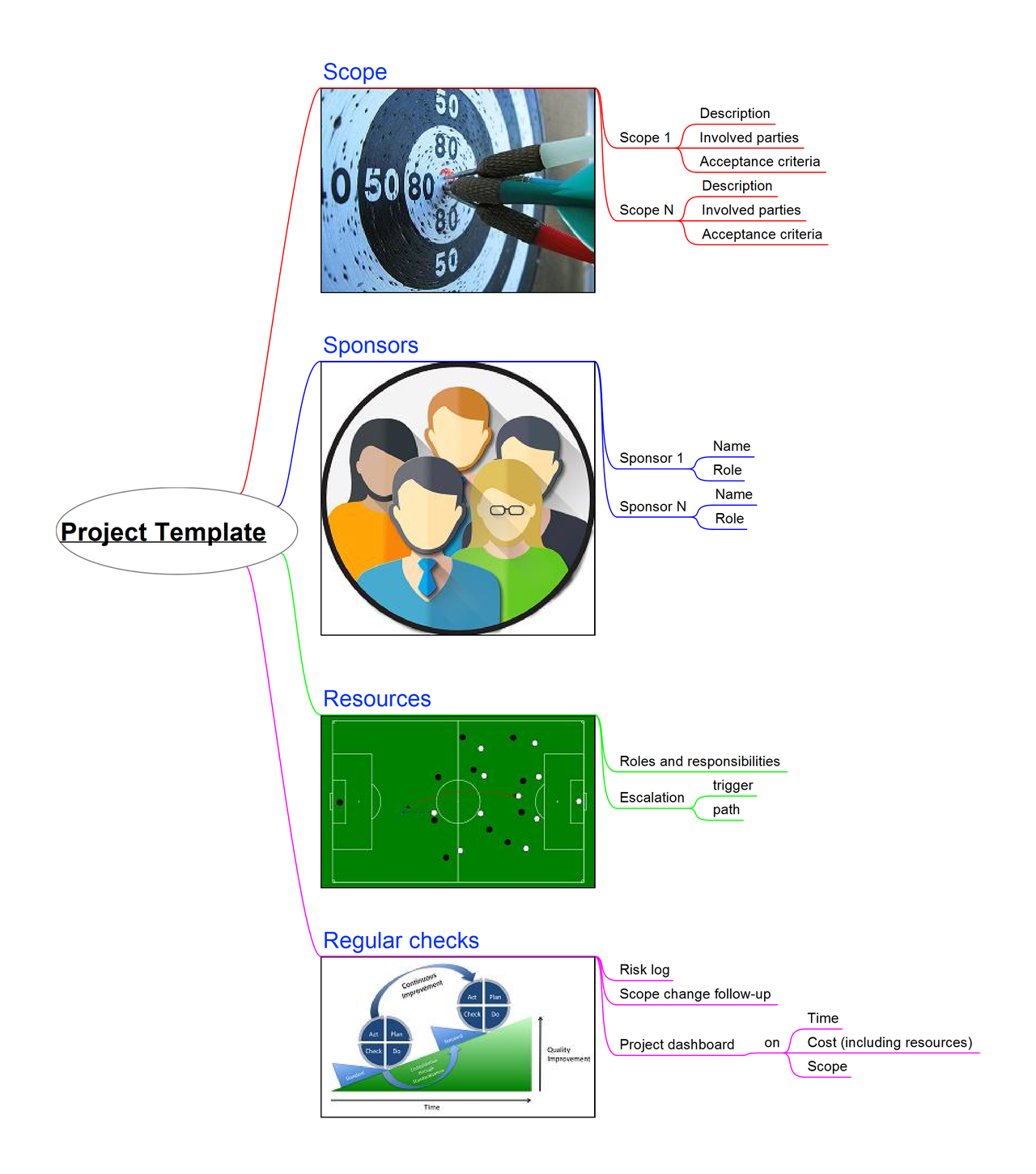Thank you for visiting!
My little window on internet allowing me to share several of my passions
Categories:
- OpenBSD
- FreeBSD
- PEKwm
- Zsh
- Nvim
- VM
- High Availability
- vdcron
- My Sysupgrade
- FreeBSD
- Nas
- VPN
- DragonflyBSD
- fapws
- Alpine Linux
- Openbox
- Desktop
- Security
- yabitrot
- nmctl
- Tint2
- Firewall
- Project Management
- Hifi
- Alarm
Most Popular Articles:
Last Articles:

What can put a project in danger ?
Posted on 2016-08-13 21:23:00 from Vincent in Project Management
Because correcting small problems is easier (and cost less time, less energy, less money, ..) than big problems, it’s important to detect such troubles as soon as possible. Thus having, in head, a list of elements to absolutely avoid could improve some project's situations. At least it can be a trigger to immediately start corrective actions.
What are the causes of failures ?
Let me present 4 topics that cause lot of troubles:
- Scope
- Sponsors
- Resources
- Communication
Scope
In many cases this topic is the main cause of failure.
Too many projects start in the rush and “forget” to take attention to the different goals of the project.
Let me share a list of some key failures:
-
Scope not clear, or not well understood by all parties. The syndrome “I though …”, “you have not correctly understood me!”, “where did you read/heard this?”, ... . So, before starting a project it's important to assure that each parties understand well each elements in the scope. And a simple “yes” is often not enough; they have to show a clear understanding of the elements defined in the scope.
-
Some elements in the scope are moving too often. Because of business constraints, having a fixed scope for a project is nearly impossible; but nevertheless, changes, could be included in the project life cycle if the “basis” of the project is stable enough. Take attention to this when you receive lot of “change requests”, this could means that your project's goals are not clear or strong enough.
-
Acceptance criteria are not clear or, worst, not defined at all. Having acceptance criteria is an important part of the scope definition. Indeed, each scope must have criteria allowing the project teams to identify when they will reach the target. More globally, such measures can be re-used in a dashboard showing how much acceptance criteria have met their goals and how much are still not met.
-
Scope must not be too “large”. A too large scope will generate lot of “scope changes”, difficulties to define the acceptance criteria, ... . Thus slicing complex chunks into more easy peaces allow better understanding and better follow-up.
Sponsors
By definition a project is a temporary organization build to deliver products and/or services as agreed in the scope document.
It’s often a problem when the “sponsors” are not clearly defined. I remind that project's sponsors are there to direct the project in case it need it.
So, it’s mandatory to identify those sponsors before the start of the project; each parties must be represented. Moreover, having a sponsor jumping in a running project will, most probably, bring changes, and other ideas, which can cause, big troubles for the health of the project.
Resources
Having the correct persons at the right place is a “common rule” we can hear often. It’s also the rule for a project.
A project needs to have the correct skills with the correct allocation. Here again, this is a mandatory check to perform before starting a project.
Resource means also “organisation”: Who do what and when. It’s indeed, not required to have several persons working on the same tasks. And it's important that every participant of the project know who do what.
Thus, often because of external's pressure, resources and organogram are badly defined at the beginning of a project. For sure, this must be avoided.
Communication
This is a known corner stone for projects. Communication to all required parties is, and remains, an important aspect of the Project Management. This must never be under estimated.
Communication can be "stand-up meeting" every days, "alignment meeting" every weeks or "Steering meeting" every quarter, ... What ever the name, the project manager must assure that every persons have the required overview on what is going-on.
In general, it's important that for each type of profiles (technicians, designers, managers, ...) the communication will be adapted, because those persons have different interest.
Conclusion
By checking those elements before the start of a project you should be able to avoid many “bad situations”.
But do not think that, once done, you can forget it. To maintain the health of a project, those checks must be performed regularly during the project’s life.
It sounds obvious for the resources, communication and the sponsors, but it must be done for the scope as well.
As said, the business's constraints, the changes, the solutions proposed to solve project’s issue, .. could jeopardize the project’s goals. So, a regular check and regular approval of each parties, on the project’s goals will avoid further troubles.
Let me share with you a kind of template to use at the start of each projects.
To avoid troubles, verify that each of those elements are correctly managed.


